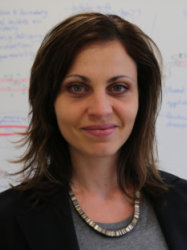BibTex format
@article{Lazarus:2017:10.1121/1.5010170,
author = {Lazarus, C and Pouliopoulos, AN and Tinguely, M and Garbin, V and Choi, JJ},
doi = {10.1121/1.5010170},
journal = {Journal of the Acoustical Society of America},
pages = {3135--3146},
title = {Clustering dynamics of microbubbles exposed to low-pressure 1-MHz ultrasound},
url = {http://dx.doi.org/10.1121/1.5010170},
volume = {142},
year = {2017}
}

